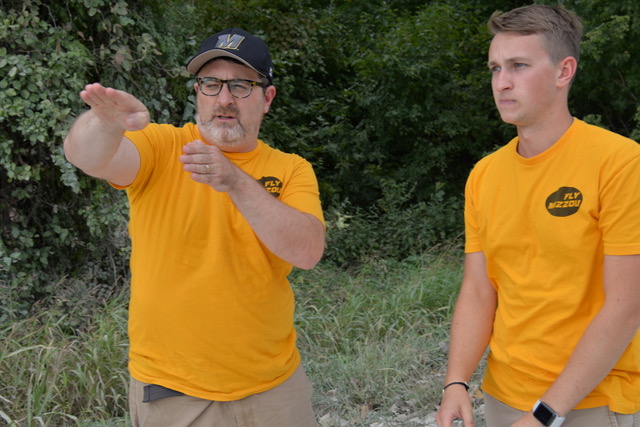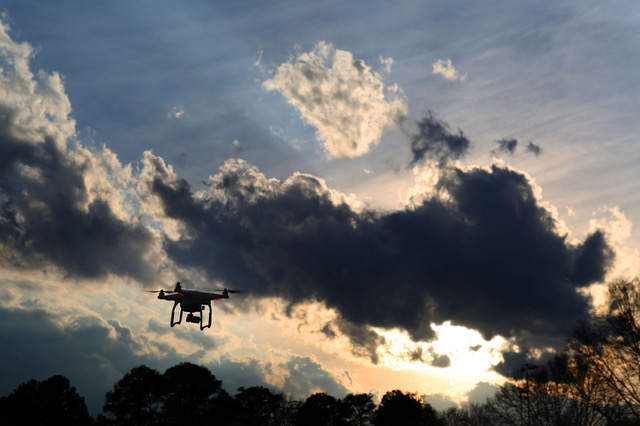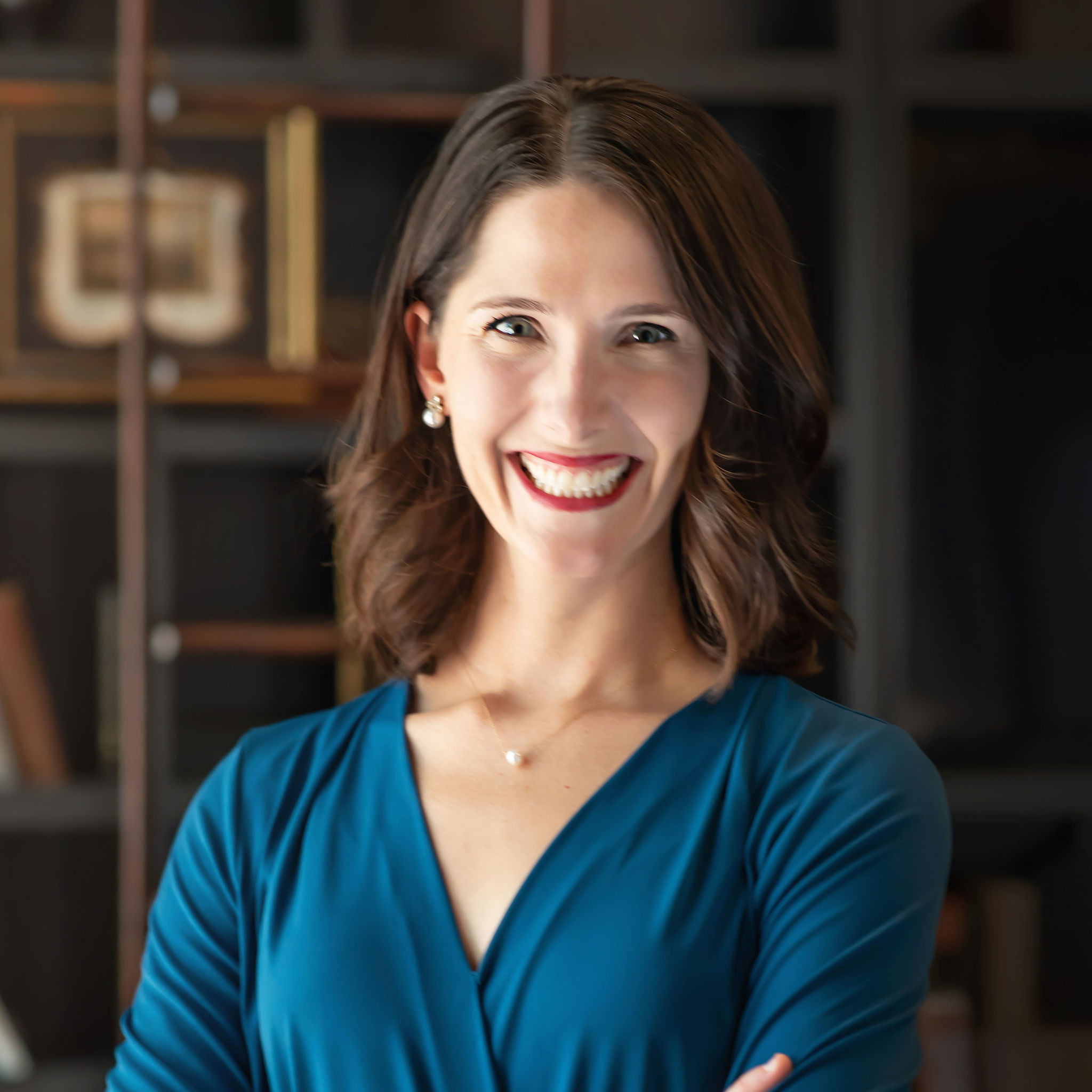“I took my first photo with a drone in 2016,” Judd Slivka said. “It was a picture of my two boys running around on a scrubby baseball diamond. And it was unintentional.”
Slivka is now the director of the first aerial journalism program at The Missouri School of Journalism’s Donald W. Reynolds Journalism Institute. The program encompasses drone journalism and aerial photography, as well as satellite and remote sensing imagery.
Slivka’s philosophy for effective aerial photography is essentially the opposite of his earliest mistake: Everything should be intentional. From controlling the aperture to choosing the right gear to getting insurance, effective aerial photographers make plans.
Drone photography is all about showcasing a moment your audience doesn’t usually get to see, and that takes preparation, creativity and skill — all of which Slivka plans to teach at Poynter in a four-part webinar series in March and April. He will co-lead the webinars with Poynter senior faculty member Al Tompkins.
[expander_maker id=”1″ more=”Read more” less=”Read less”]
The webinars will help drone photographers move from creating cool images to telling compelling stories. And that transformation starts with avoiding these common mistakes:
Moving too slow when taking video
Recording video in a car at 5 mph is not going to look the same as recording video at the same speed from a drone.
“I was 300 feet above a southern Missouri forest, and I was probably moving at three miles per hour,” recalled Slivka about his early drone experimentation. “I’m proud to be a cautious, risk-averse flyer. But when I saw the video afterward, it was boring. A drone’s field of vision is so wide, you have to constantly be making an effort to change it.”
Thinking one-dimensionally
Forward and backward. Left and right. Up and down. Those are the directional options on drones — and most videographers stick with one at a time.
“This results in visuals that are informative but not revealing,” Slivka said. “What would happen if you went backward and up? Or up and left and panned diagonally? Think multidimensionally. That’s when you become more of an artist.”

Slivka (left) taught technical skills at Poynter’s Drone Journalism School in 2017. (Photo: Al Tompkins)
Giving the camera control
“It’s easy to take for granted mechanics and assume the shot will be equal throughout the flight,” Slivka said. “But drone lenses have sweet spots, just like other lenses. They’re better at certain apertures. If you can learn to control the mechanics, it will make an immediate impact on the quality of the image or video.”
If you rely on the drone to do the work — if you become distracted by the thrill of flying or creatively incurious — Slivka warns you’ll likely forget about other essential elements within your control, like framing and composition.
Buying the wrong gear
Photographers will spend around $1,600 on a drone. For less than $100 more, you can significantly improve your photography by buying the right gear.
Slivka’s top recommendations? Filters and landing pads.
“A neutral density filter will help you better control exposure and have more flexibility in different conditions. A landing pad keeps dust and moisture off your lens when you take off and land. Once you operate from a gravel parking lot, you’ll know how important this is. You can save a lens with a landing pad.”
There are other accessories — like protective cases or gloves — that don’t have a direct impact on your photography but are handy to have around. Slivka recommends spending money on the drone first, then filters and landing pads, then the other stuff.
Forgetting about insurance
If you’re going to spend money on anything, though, insurance is your best bet. Whether it’s because of a mechanical or human error, everyone crashes.
“I don’t know how you can fly a lot and not crash,” Slivka said.
If you don’t have insurance, you’ll be responsible for any drone and property damage, and you’re putting yourself at risk for lawsuits. Plus, if you’re a freelancer, most employers won’t hire you unless you have insurance.
Want to learn more? Sign up for Poynter’s The Flying Camera: Drone Photography skills webinar series.
[/expander_maker]







